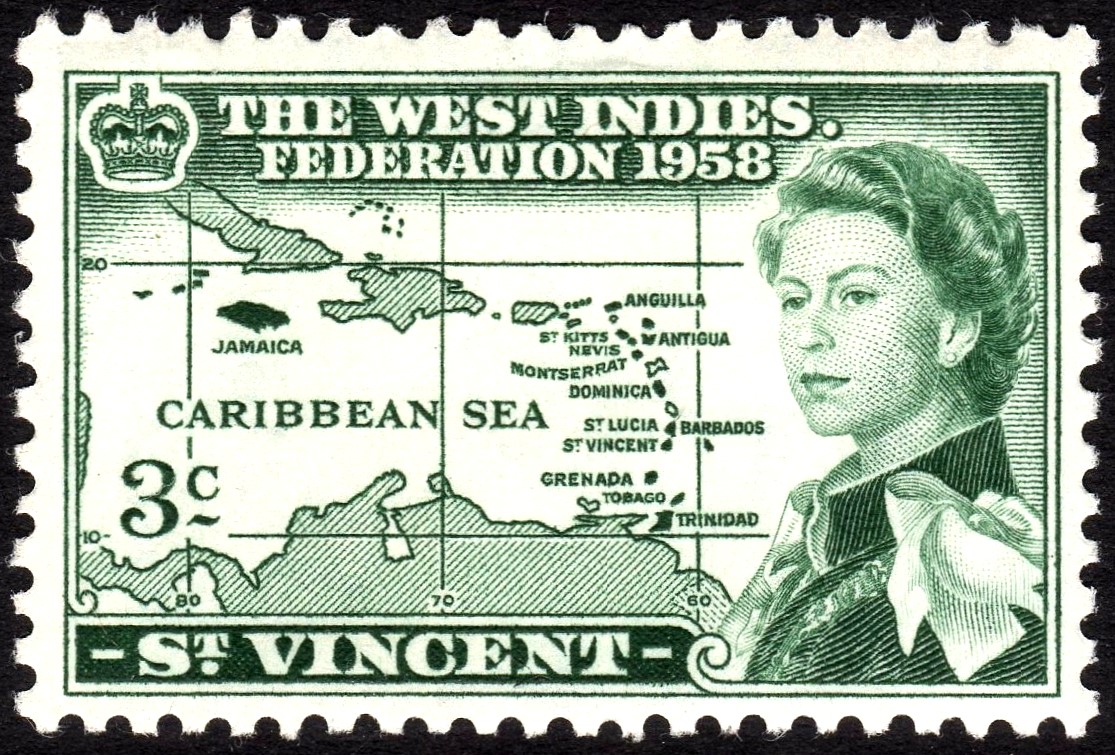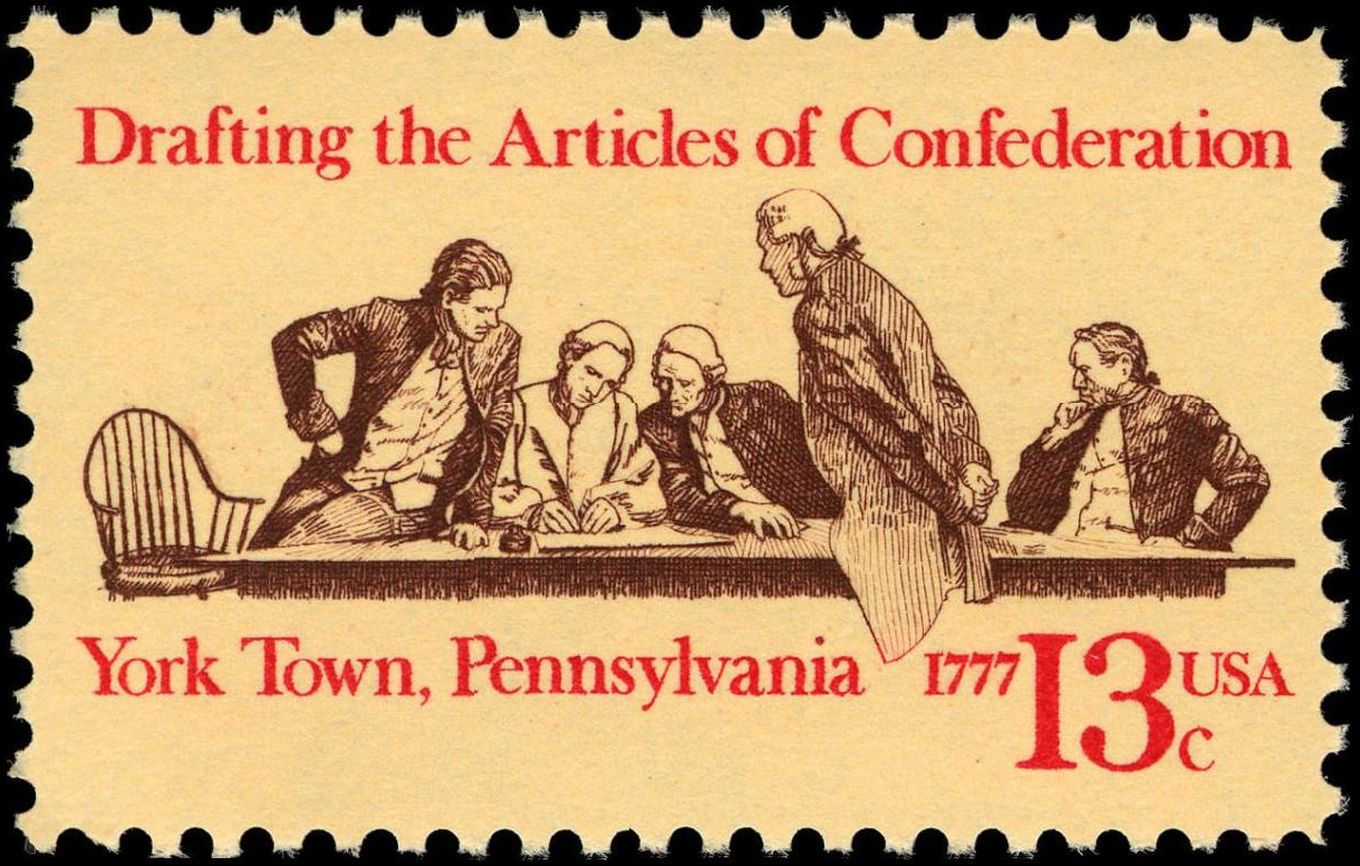Difference Between Federation and Confederation
The terms federation and confederation refer to similar – yet very different – concepts. In a confederation, states come together creating a loose (often temporary) union for matters of political, economic or administrative convenience. Within a confederation, member states maintain their sovereignty and often appoint a weak central authority to speed up bureaucratic matters. Conversely, states or provinces that join a federation, agree to give up part of their powers and to answer to the central government, which has the power to enforce laws and regulations. In both cases, we are talking about a union of countries, states or provinces, but members of the confederation maintain a large degree of autonomy and independence – and can (almost) freely leave the union when they decide to do so – while members of a federation are bound to respect the authority of the central government and maintain limited powers.

What is a Federation?
A federation is a political system in which individual states come together under the umbrella of a central authority. The decision of entering a federation of state can be voluntary, but in most cases, it is the result of a long historic process or the transformation of a confederation (i.e. temporary and voluntary agreement) into a federation. The balance of power between the constituents and the central government is laid out in a written constitution. Provinces and states members of a federation do not entirely lose their power, and can enjoy a certain degree of independence. Individual states can maintain separate laws, traditions and habits, but the central government has authority over:
- Defense and security matters;
- Foreign policy;
- International relations and diplomacy;
- Decision to start or end a war;
- National currency; and
- Military.
In addition, the central government can interfere on the legal and economic aspects of the member states/provinces. Policies and regulations approved by the central government apply to the federation members – in line with the provisions laid out in the constitution – and constituents are legally bound to respect such regulations.
Federations are quite common today: the United States, Canada and Switzerland are just few of the most notorious examples, although Switzerland retained the title “confederation” (Confederatio Helvetica) even after becoming a federation. In the United States, the federation is formed of 50 individual states, while in Canada and Switzerland provinces are tied together under the umbrella of the central government.

What is a Confederation?
A confederation is a system of governance, in which the constituents (states or provinces) come together for political, economic, security or administrative reasons. Entering a confederation is entirely voluntary and depends on the government of every individual states – or on the local authority in the case of provinces. Once entered the confederation, the constituents maintain their sovereignty and their powers (almost entirely), and there is no superior, unified, central government. Depending on the structure of the confederation, there might be a weak central body, appointed by all constituents, created to speed up bureaucratic processes and facilitate communication. In a confederation there is no:
- Unitary budget;
- Common military;
- Common foreign policy strategy;
- Common diplomatic representatives; and
- Common legal system.
The United States started as confederation and later turned into a federation once the constitution was created, signed and ratified by all members. The concept of confederation is similar to the principles on which international organizations stand. For instance, the European Union has similar structure, even though it is not officially defined as such, in particular because there are legally binding documents that prevent states to enter and exit the union as they please. The European Union is formed of various countries that willingly decided to give up part of their independence – but still maintaining their sovereignty – in order to create an international body and present a united front on the international scale. All international governmental organizations – like the United Nations – follow the concept of confederation. States decide to create a union, but maintain their power and are only subject to international laws and norms if they decide to ratify treaties and covenants.
Similarities between Federation and Confederation
Despite their natural differences, federation and confederation have some aspects in common:
- In both cases, various states, countries or provinces come together to create a new entity for matters of political, economic and security convenience. Federations and confederations only exist if there is a common agreement among constituents. Indeed, members need to adopt a common constitution to become part of the federation, while entering a confederation is not binding; and
- In both cases, being part of the federation or the confederation should benefit member states. In the first case, constituents give up part of their sovereignty in order to receive protection, security and economic or political advantages. In the second case, states and provinces enter the confederation to create a stronger entity and enjoy administrative and economic advantages without losing power or authority.
Difference between Federation and Confederation
Federation and confederation are political and strategical agreements among countries or provinces, created in order to enable the constituents to enjoy political and economic benefits. In spite of some similarities, the two concepts are quite different:
- Confederations were very popular in ancient Greece and during the Middle Age, but there are not many examples of existing confederations. International organizations have a similar structure, but have legal treaties and enforcement mechanisms, while confederations were loose agreements with no written constitution. Conversely, federations are more common today, and many confederations formed centuries ago evolved into federations;
- The powers and responsibilities of the central authority vary greatly between the two. First of all, there is no central government as such in a confederation, but rather a weak body elected by member states, while the federal government has great power and influence over the constituents. In a confederation, the central government has no power de facto, and it is only in place to facilitate the decision-making process and speed up communication. Conversely, when states come together to create a federation, they create a new nation state, with a functioning and powerful central government. The constituents lose part of their autonomy and authority, and the central government acquires the ability of making decisions regarding national security, military, foreign policy and diplomacy; and
- The ties among states and provinces are much stronger in the case of the federation. Indeed, in a confederation, states agree to come together for various purposes, but they are not legally tied together and can technically back up or exit the confederation whenever they want (depending on the type of confederation). Conversely, in a federation, there are binding legal agreements that prevent states from leaving the union. Relations among states within a federation are stronger as the different entities come together to create a new nation state.
Federation vs Confederation
Being part of a federation or a confederation has different implications for member states. In the first case, the constituents give up part of their power and sovereignty – while maintaining the ability of taking some independent decisions – while in the second case, individual states maintain control over their territories and citizens. Building on the differences outlined in the previous section, we can identify few other aspects that differentiate the two political systems.
Federation and Confederation : Comparison Chart

Summary of Federation and Confederation
Confederation and federation are two government systems in which states or provinces come together for political, economic, social, or security reasons. Even though they are often confused, they are quite different. In a confederation there is no new central government and constituents maintain their autonomy, independence and sovereignty. Conversely, members of a federation are subject to laws and regulations created by the federal government, although they maintain a certain degree of autonomy. Today, the number of existing confederations is limited, while the number of federations is quite high. The main difference between the two is the constitution (absent in the case of a confederation), which creates legal ties among member states and sets the balance of power between central and local authorities.
- Difference Between Michelle Obama and Melania - January 29, 2019
- Difference Between Trump and Modi - December 4, 2018
- Difference Between Carbon Tax And Cap And Trade - December 4, 2018
Search DifferenceBetween.net :
6 Comments
Leave a Response
References :
[0]Blankart, Charles B. "The European Union: confederation, federation or association of compound states?." Constitutional Political Economy 18.2 (2007): 99-106.
[1]Burgess, Michael. "A conceptual reappraisal of federalism, federation, confederation and federal political system." Routledge Handbook of Regionalism & Federalism (2013): 1696.
[2]Fischer, Joschka. "From Confederation to Federation." Quo vadis Europa (2000).
[3]Image credit: https://upload.wikimedia.org/wikipedia/commons/a/a8/Articles_of_Confederation_13c_1977_issue.JPG
[4]Image credit: https://en.wikipedia.org/wiki/West_Indies_Federation#/media/File:St._Vincent_3c_West_Indies_Federation_stamp_1958.jpg

I love this website so dearly with respect to academy study.
I want to continue my advance study from here.
I understood the difference between the federal and confederal states. the only thing I want to know is the authorities of each regarding exchanging diplomatic and consular missions. thank you so much in advance!
Notify on conferation and federation
Hi, I noticed that you say “there MIGHT be double citizenship in a federation as individual states come together to create a new state”.
I’m wondering if there is an example of a federation where you can be citizen of a member state but not necessarily a citizen of the federation?
I don’t think it’s possible because automatically you become a citizen of both the member state and the federation
I love this website